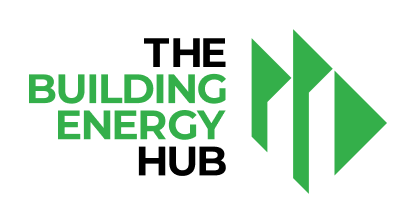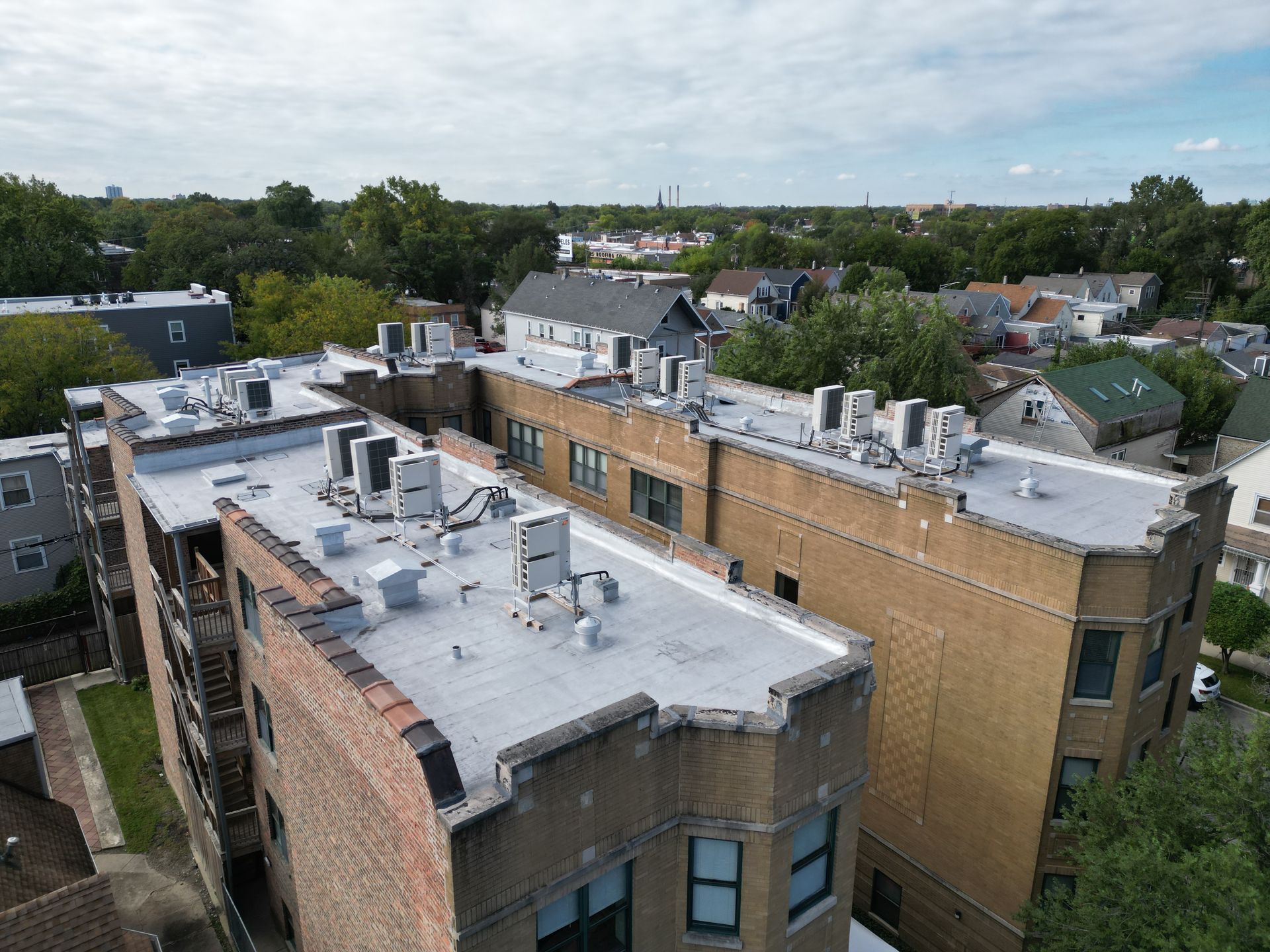Low Carbon Technology Strategies Toolkit
Partner resource compiled by the U.S. Department of Energy. You can read the full toolkit here.

Overview
DOE developed the Low Carbon Technology Strategies guidance documents to support you in your journey to reduce carbon emissions in your buildings. The primary purpose is to aid owners and operators of existing buildings in planning retrofit and operational strategies to achieve deep carbon reductions. These strategy documents supplement existing energy design guides where new construction is the focus. Low Carbon Technology Strategies are currently available for 10 building types, with a supplement for commercial kitchen equipment. Recommendations are grouped by technology, with recommended actions categorized as either simple, intermediate, or advanced.
Tools
Getting Started: Low Carbon Technology Strategies
As with any journey, your path to low carbon depends on your starting point and your desired destination. In energy and carbon management terms, you will need to identify your baseline conditions and your energy and carbon reduction goals.
Low Carbon Technology Strategies for Kitchens
This document was created as a supplement to the Low Carbon Technology Strategies Toolkit for building types that typically include commercial kitchens. It includes steps that building owners and operators can implement to achieve smart, healthy, and low-carbon commercial kitchens.
Low Carbon Technology Strategies for Large Office Buildings
This document includes steps that building owners and operators can implement to achieve smart, healthy, and low-carbon large office buildings within their existing building portfolios. Large offices are typically over 50,000 square feet and often include complex heating and cooling systems.
Low Carbon Technology Strategies for Small Office Buildings
This document includes steps that building owners and operators can implement to achieve smart, healthy, and low-carbon small office buildings within their existing building portfolios. Small offices are typically less than 50,000 square feet and often use packaged rooftop units for heating, cooling, and ventilation.
Low Carbon Technology Strategies for Supermarkets
This document includes steps that building owners and operators can implement to achieve smart, healthy, and low-carbon supermarkets within their existing building portfolios. Supermarkets include built-up refrigeration systems and refrigerated display cases and often use packaged rooftop units for heating, cooling, and ventilation.
Low Carbon Technology Strategies for Midrise Apartments
This document includes steps that building owners and operators can implement to achieve smart, healthy, and low-carbon midrise apartment buildings within their existing building portfolios. Midrise apartments may use packaged rooftop units for heating, cooling, and ventilation or central plant systems for larger buildings.
Low Carbon Technology Strategies for Secondary Schools
This document includes steps that building owners and operators can implement to achieve smart, healthy, and low-carbon secondary schools within their existing building portfolios. Secondary schools often include complex heating and cooling systems or packaged rooftop units and can include specialty equipment for gymnasiums, pools, and buses.
Low Carbon Technology Strategies for Primary Schools
This document includes steps that building owners and operators can implement to achieve smart, healthy, and low-carbon primary schools within their existing building portfolios. Primary schools often use packaged rooftop units for heating, cooling, and ventilation.
Low Carbon Technology Strategies for Outpatient Healthcare
This document includes steps that building owners and operators can implement to achieve smart, healthy, and low-carbon outpatient healthcare buildings within their existing building portfolios. Outpatient healthcare includes diagnostic and treatment facilities for outpatient care, and these buildings often use packaged rooftop units for heating, cooling, and ventilation.
Low Carbon Technology Strategies for Small Hotels
This document includes steps that building owners and operators can implement to achieve smart, healthy, and low-carbon small hotels within their existing building portfolios. Small hotels are typically four floors or less and less than 50,000 square feet and often use packaged rooftop units for heating, cooling, and ventilation.
Low Carbon Technology Strategies for Stand-Alone Retail and Strip Malls
This document includes steps that building owners and operators can implement to achieve smart, healthy, and low-carbon retail buildings within their existing building portfolios. Stand-alone retail and strip malls often use packaged rooftop units for heating, cooling, and ventilation.





